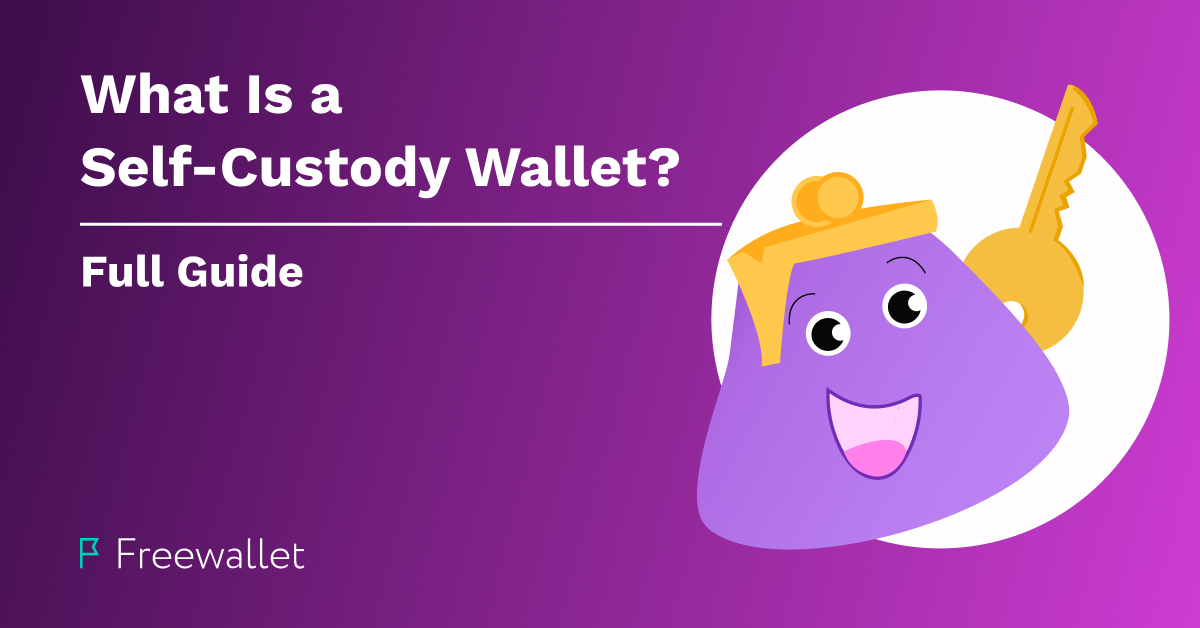Every beginner learning the basics of mining will sooner or later get acquainted with the term masternodes. Cryptocurrency masternodes, unlike other types of nodes, do not work on every blockchain network, but they are quite common.
Running a masternode can make you extra profit, and you do not need to buy expensive equipment to run them. Let’s consider in more detail what constitutes a masternode in the cryptocurrency industry, and how it differs from other communication nodes.
What are masternodes
Masternodes are nodes in the cryptocurrency network that are responsible for checking and approving transactions. Their list of responsibilities also includes increasing the speed of work and the safety of users. For this, a masternode host receives a reward in the cryptocurrency they facilitate.
Masternodes are servers or computers with a static IP address. Mandatory conditions for working with masternodes are:
- A running online wallet;
- Full synchronization with a blockchain;
- Round-the-clock activity.
The full functionality of the masternode depends on the type of coin. For example, Dash uses masternodes to perform anonymous transactions without a queue.
How do masternodes work?
The process resembles staking – you have to have a certain amount of coins on your wallet to become a masternode host. For one coin, a masternode may cost $100 and, for another, $10,000.
When you have the required amount, a masternode adds a new block to the blockchain and receives a fixed reward.
But there’s a difference:
- There is no element of luck. The network strictly rewards those nodes that have not received payment for a longer period of time than the rest;
- There is no need for more modern equipment, the most powerful video cards, or ASIC devices. An average computer can cope with the launch of a masternode.
The PoS algorithm is optional for masternodes
Many believe that masternodes are part of Proof-of-Stake (PoS) (when the block confirms not mining, but a share the user has), but this is not true. There are Proof-of-Work (PoW) projects that use masternodes, meaning these types of nodes are not exclusive to PoS or PoW.
Running the masternode is similar to PoS, in the sense that you generate passive income by merely freezing coins on the network, in a similar fashion to how the share works with the PoS algorithm.
How to choose a masternode
Before investing in masternodes, you need to pay attention to several important features.
- Price stability. Be sure to analyze the behavior of the value of the coin over the past few months. It should be stable and change accordingly to the performance of Bitcoin. Also, the changes should be smooth. If the rate jumps up and down sharply every few days, another dump may worsen your portfolio.
- Developers. Examine the team behind the asset in question and their past achievements. It is desirable that the developers already have had success with a decent product. At a minimum, they should not be involved in shady schemes – this will reduce your exposure to coin price manipulation and disappearing projects.
- ROI. The rate of return on investment is always changing – everybody knows that. The percentage shouldn’t be that small. But don’t get taken by outrageous return figures. If it looks too good to be true, it is.
- Liquidity. One percent is not enough – you need to be able to sell a coin quickly without unnecessary difficulties. Hundreds of thousands of dollars are paid for listings on large exchanges like Binance. If a cryptocurrency appears on such a big exchange, there is no doubt about the project prospects.
Which coins have masternodes
Today, there are more than 3000 cryptocurrencies, but not every coin supports masternodes. You can find them on these sites:
— masternodes.pro
— mnrank.com
— masternodes.online
Each list contains cryptocurrency, an indicator of ROI, daily income, the market capitalization of a coin, the price of a node, and their number. The amount of coins for starting a masternode on different networks is different. For example, Dash requires 1,000 coins, while Kalkulus needs 20,000.
Advantages and disadvantages
Earning cryptocurrency with masternodes has the following advantages:
- A complete absence of noise at home if you use a hosting provider.
- Masternodes are updated without have to restart the server and move money.
- You do not pay for ownership of the main node, but only deposit coins in an account from which you can make withdrawals at any time.
However, there are negative aspects:
Most reliable cryptocurrency networks require a large initial deposit. Investing thousands of dollars is risky, especially in conditions of tremendous volatility. Therefore, some people use services to purchase just shares in masternodes.
Since income is paid in cryptocurrency, your profits cannot be accurately predicted. If the rate drops, both your profit and the amount of collateral in terms of fiat money will decrease. That means that if you want to take your deposited money back, you may receive less money than you invested before the price drop.
The larger the number of main nodes, the lower the profit of operators. But on the other hand, the fewer the number of nodes, the more vulnerable the network is.
Building a network on a multi-level system has many drawbacks, but the concept is exciting. Besides, it is quite viable, which has been proven by the Dash coin. The creators of new masternode cryptocurrencies need to deal more with liquidity to attract the attention of investors.
Related
Stay tuned
Subscribe for weekly updates from our blog. Promise you will not get emails any more often.
Most Popular
New Posts
Stay tuned
Subscribe for weekly updates from our blog. Promise you will not get emails any more often.







